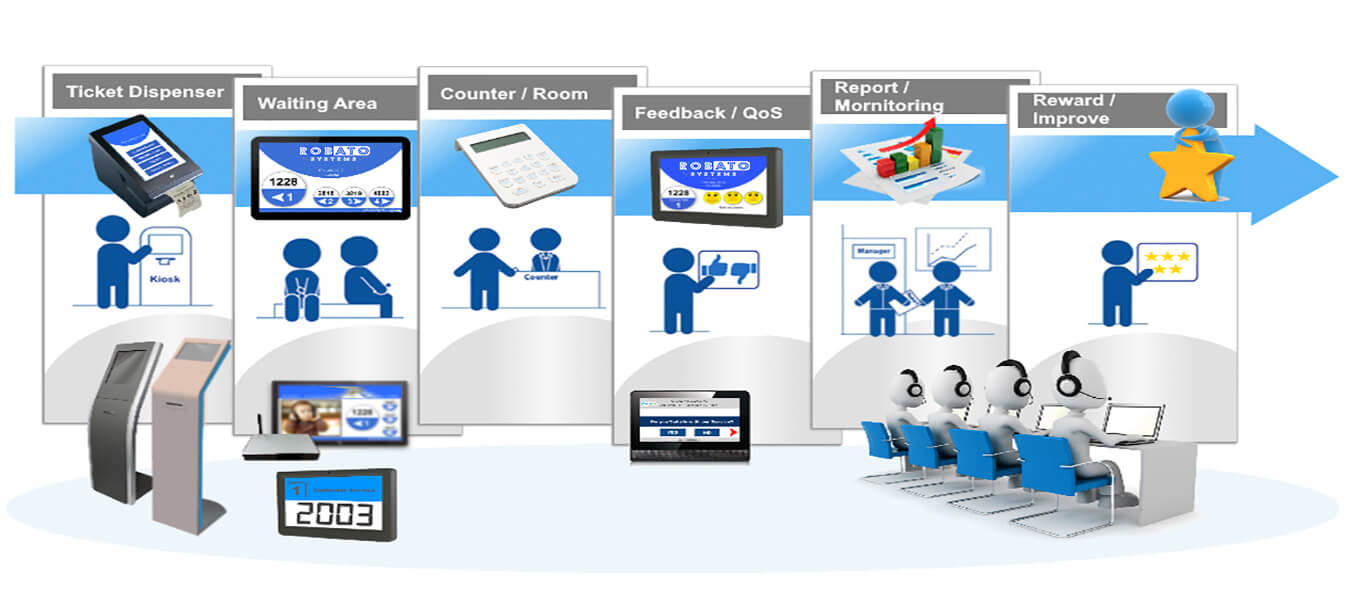What Is Project
Tracking?
Project tracking is
a project management method used to track the progress of tasks in a project.
By tracking your project, you can compare actual to planned progress, and
identify issues that may prevent the project from staying on schedule and
within budget.
Project tracking
helps project managers and stakeholders know what work has been done, the
resources that have been used to execute those tasks, and helps them create an
earned value analysis by measuring project variance and tracking milestones.
How to Track
Project Progress
Tracking the
progress of your project can seem like a daunting task, but by laying out the
process and planning ahead, you can set yourself up for success. The following
are a few things you can do now to get on track:
- · Create
deliverables and milestones
- ·
Set
realistic, clear and measurable goals
- ·
Use a
project tracking software to keep track of time, costs and tasks
- ·
Meet
regularly with team and stakeholders
- ·
Have
clear deadlines
- ·
Support
transparency
What Is Project
Tracking Software?
Project tracking
software is the best way to keep track of projects because it monitors all the
tasks associated with your project and helps you stay on schedule. Most project
tracker software is not used only for tasks; it can also keep track of your
budget and resource management.
A project tracker
is useful even before the execution phase of a project. During project
planning, it can help you manage the resources you’ll need to complete the
tasks. Once you’re in the monitoring and control stage of your project, the
software really kicks in, allowing you to see if your actual progress matches
where you planned to be at that time.
Using a project
management dashboard is essential to manage any project. It gives you a tool to
control the triple constraint of time, cost and scope. Managers know when tasks
are completed and that they’re not sucking up more than the allocated costs and
resources.


















